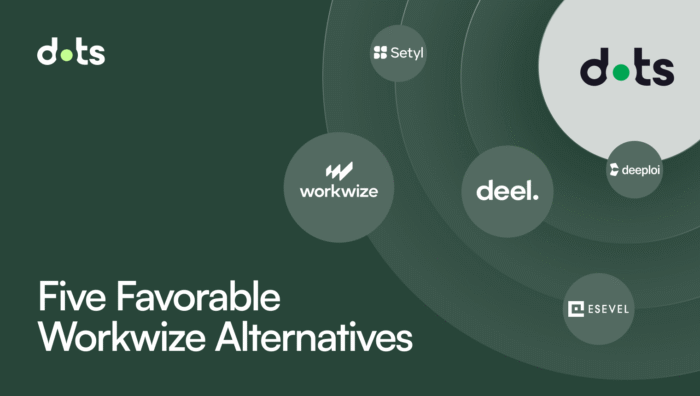Onboarding has everything to do with the initial impressions exchanged between business and employee. And that’s why there’s so much effort and so many guidelines established for welcoming new hires. Buddy programs, orientation sessions, video guides, checklists, chit-chat and check-ins – countless resources are integrated into the onboarding experience.
Because offboarding seems to encompass nothing but a final goodbye – a see-you-never, if you will – many organizations completely overlook the concept of an offboarding experience. Especially with remote teams, offboarding can become even more of an afterthought.
Choose to curate a standardized offboarding process, however, and you might realize that things like transfer of files and responsibilities becomes more seamless, you stay compliant, and you preserve those valuable relationships you worked so hard to build in the first place.
So, how do you go from a handshake and a send-off to an effective offboarding experience that gets everyone ready for what’s next?
What Constitutes Offboarding and Why Does It Matter?
Offboarding happens when an employee leaves the company – or rather, when a company and employee go through a separation. Whether for reasons of resignation, retirement, or termination, it’s not so much a one-sided process as a mutual split. That’s because effective offboarding involves an amicable goodbye on good terms, where you want former employees to feel ready to transition out of the company and your business to be ready to move on to whoever will fill that role next.
While onboarding matters because it helps new hires integrate into your organization from the get go, offboarding matters because it prepares both parties for change and shields your company against any issues from an employee’s departure.
Once that former employee is offboarded, they have the ability to either speak highly of you and portray your business as a good place to work or, alternatively, ruin your business’s reputation. You don’t just acknowledge the individual’s contributions to your organization, but you also protect your organization against any potential backlash and leave the door open in case talent is needed later on.
Best Practices to Handle Offboarding Like a Pro
With an ample number of organizations adopting a hybrid or remote approach, there has become an increasing need to figure out a system for remote employees, whether it’s to do with remote onboarding, time logging, or the offboarding process. These offboarding best practices are suited for in-office, hybrid, and remote teams.
- Secure your assets and deactivate accounts: Give employees ample time to hand over all equipment, files, folders, and other company-owned assets securely and revoke their access to internal platforms and systems.
- Communicate, communicate, communicate: And do so kindly. Make sure everyone involved in the offboarding process, including the soon-to-be former employees themselves, are in the loop about when they’ll be leaving the company and what the right steps are.
- Allocate responsibilities: When the offboarding process is complete, employees should understand exactly where those leftover responsibilities and projects need to be allocated.
- Conduct a knowledge transfer: Aside from retaining assets and divvying up responsibilities, there’s also the challenge of understanding the employee’s day-to-day workflow for the future. What tasks do they prioritize? What systems and files do they use? Will their replacement require extra training? These are all good-to-know considerations for a productive transition.
- Gather intel: Whether it’s about onboarding remote employees or they felt company culture was conducted in the workplace, knowing where and when your business has either fallen short or succeeded will inform your efforts in the future.
Curate Your Offboarding Process with Dots
Part of the offboarding process involves equipment recovery of items such as headphones, laptops, and other tech that has made that employee’s job possible. But if you’re managing a remote team, or even more complicated, an international remote team, you’ll need a proper software for IT asset management to help handle it all.
Dots is end-to-end Global Logistics services will make the toughest parts of offboarding a breeze. With complete tracking, compliance, and optimization across all your assets, plus solutions like data wipe services and equipment storage, offboarding with Dots is designed to prioritize both the business and the client.
Ready to try us out? Book a demo today.





